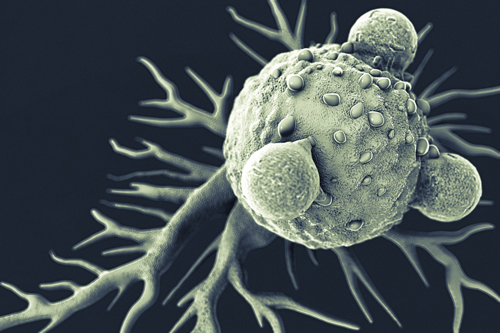CAR T-cell therapy is a potent investigational treatment used in patients with high tumor burden. A positive response to CAR T-cell therapy leads to difficult, but often reversible, side effects of CAR T. Release of cytokines brought on by the infusion of the CAR T-cell therapy leads to many of these unique adverse reactions.
As studies continue in lymphomas, leukemias, and solid tumors, clinicians are learning how to manage these side effects, but fatalities have occurred. What are the expected adverse reactions to CAR T-cell therapy, and how are medical teams handling them?
The most commonly reported adverse effects seen in CAR T-cell therapy clincial trials include:
- Cytokine Release Syndrome (CRS)
- Neurotoxicity
- B-Cell Aplasia
- Tumor-Lysis Syndrome
- Cerebral Edema
The ZUMA-1 pivotal trial has been submitted to the FDA for review of KTE-C19. In addition to neurologic events, other common grade 3 or higher adverse events included:
Anemia (43%), thrombocytopenia (24%)
Neutropenia (39%), febrile neutropenia (31%), decreased neutrophil count (32%)
Decreased WBC count (29%), decreased lymphocyte count (20%)
Cytokine release syndrome, CRS (13%)
Three deaths were reported; 2 deemed related to therapy. One case was reported as hemophagocytic lymphohistiocytosis, where the immune system damages the patient’s own tissues and organs, and one cardiac arrest in the setting of CRS.
In addition, in May 2017 a death due to cerebral edema in a Phase 2 portion of ZUMA-1 was also reported. The patient had explosive, refractory non-Hodgkin lymphoma. According to the company, this was the first grade 5 cerebral edema event recorded in approximately 300 patients treated with axicabtagene ciloleucel. The sponsor noted that all axicabtagene ciloleucel (KTE-C19) development studies will continue as planned.



